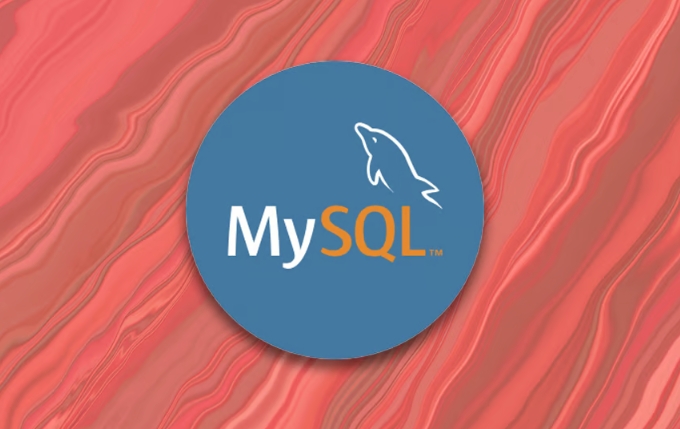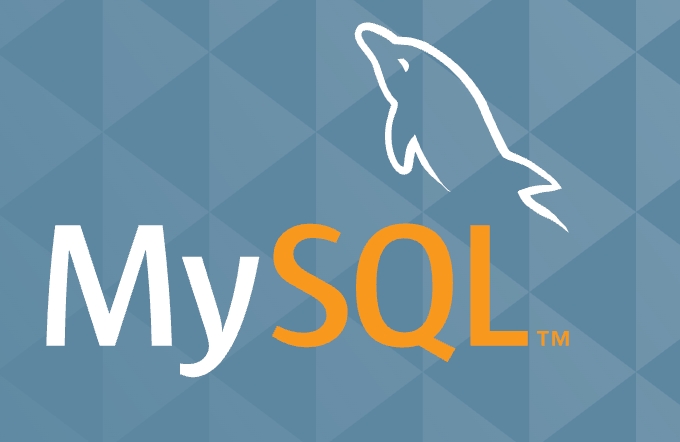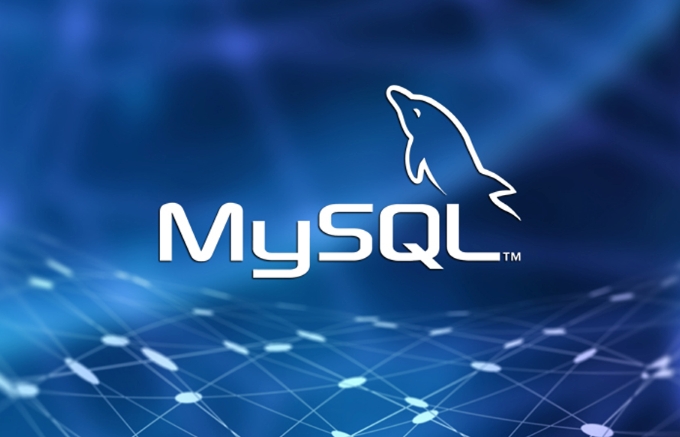Implementing Table Partitioning for Large Datasets in MySQL
Jul 05, 2025 am 02:05 AMMySQL partitions large tables to improve query performance and management efficiency. Selecting the appropriate partition type is the key: 1. RANGE is suitable for time or numerical range, such as logs are divided by date; 2. LIST is suitable for discrete values, such as region number; 3. HASH is used to evenly distribute data, such as user ID; 4. KEY is automatically processed by MySQL, suitable for scenarios without obvious logic. The partition key needs to participate in the WHERE condition, avoid frequent column updates, and pay attention to the boundary value setting. Regular maintenance includes adding, merging, splitting, or deleting partitions. However, not all large tables are applicable. We need to consider the impact of data distribution, index usage and number of partitions on performance. We recommend that you make a decision after testing.

Partitioning large tables in MySQL can effectively improve query performance and management efficiency. If your data volume has reached the point where a single table operation is difficult, partitioning is an optimization method worth considering.

The partition type selection should be reasonable
MySQL supports multiple partition types, such as RANGE, LIST, HASH, and KEY. Different business scenarios are suitable for different partitioning methods:

- RANGE partition : suitable for dividing data by time or numerical range, such as log tables by date.
- LIST partition : suitable for discrete value classification, such as partitioning by region number.
- HASH partition : used to evenly distribute data, often used in primary or unique key fields.
- KEY partitioning : Similar to HASH, but is automatically processed by MySQL, suitable for scenarios without obvious partitioning logic.
Choosing the right partition method is the key to the effectiveness of the partition. For example, if an order table is partitioned by HASH according to user ID, the data can be dispersed evenly; while if a RANGE partition is partitioned by order time, it is more convenient to clean up historical data.
Partition key selection is important
The partitioning key does not have to be a primary key, but it must be a column in the table or an expression of that column. Moreover, it must participate in the WHERE condition, otherwise the partitioning clipping (Pruning) will not take effect, resulting in full table scanning.

For example, if you press created_at to perform RANGE partition, but only use user_id as the condition when querying, the partition will not work.
So suggestion:
- Try to match common query conditions
- Avoid using frequently updated columns as partition keys
- If you use RANGE or LIST, please note that the boundary value is set clearly
Partition maintenance must also be done regularly
Partitioning is not a one-time operation. As the data grows, the original partition may no longer be applicable and needs to be adjusted. For example, the RANGE partition may need to add a new partition to accommodate new data over time.
Common maintenance actions include:
- Add a new partition (especially RANGE type)
- Merge or split an existing partition
- Delete old partitions (such as deleting logs from a year ago)
These operations can be done through ALTER TABLE . For example:
ALTER TABLE logs ADD PARTITION (PARTITION p2025 VALUES LESS THAN (TO_DAYS('2025-01-01')));
Remember to check the partition structure before execution to avoid mistaken deletion or duplication.
Not all large tables are suitable for partitioning
Although partitions sound powerful, they are not a universal solution. In some cases, partitioning can actually cause additional overhead:
- When data distribution is uneven, some partitions are too large and others are too small, which will affect performance.
- Incorrect index use, partition cropping is not effective, query is still slow
- Too many partitions will affect the speed of DDL operation, such as adding an index
Therefore, before deciding whether to use partitions, it is best to do performance testing first to compare the real query performance before and after partitions.
Basically that's it. Partitioning is a tool. It can improve efficiency if used well, but it will cause chaos if used poorly. The key is to understand your data distribution and query patterns, and then make decisions based on actual needs.
The above is the detailed content of Implementing Table Partitioning for Large Datasets in MySQL. For more information, please follow other related articles on the PHP Chinese website!

Hot AI Tools

Undress AI Tool
Undress images for free

Undresser.AI Undress
AI-powered app for creating realistic nude photos

AI Clothes Remover
Online AI tool for removing clothes from photos.

Clothoff.io
AI clothes remover

Video Face Swap
Swap faces in any video effortlessly with our completely free AI face swap tool!

Hot Article

Hot Tools

Notepad++7.3.1
Easy-to-use and free code editor

SublimeText3 Chinese version
Chinese version, very easy to use

Zend Studio 13.0.1
Powerful PHP integrated development environment

Dreamweaver CS6
Visual web development tools

SublimeText3 Mac version
God-level code editing software (SublimeText3)

Hot Topics
 What is GTID (Global Transaction Identifier) and what are its advantages?
Jun 19, 2025 am 01:03 AM
What is GTID (Global Transaction Identifier) and what are its advantages?
Jun 19, 2025 am 01:03 AM
GTID (Global Transaction Identifier) ??solves the complexity of replication and failover in MySQL databases by assigning a unique identity to each transaction. 1. It simplifies replication management, automatically handles log files and locations, allowing slave servers to request transactions based on the last executed GTID. 2. Ensure consistency across servers, ensure that each transaction is applied only once on each server, and avoid data inconsistency. 3. Improve troubleshooting efficiency. GTID includes server UUID and serial number, which is convenient for tracking transaction flow and accurately locate problems. These three core advantages make MySQL replication more robust and easy to manage, significantly improving system reliability and data integrity.
 What is a typical process for MySQL master failover?
Jun 19, 2025 am 01:06 AM
What is a typical process for MySQL master failover?
Jun 19, 2025 am 01:06 AM
MySQL main library failover mainly includes four steps. 1. Fault detection: Regularly check the main library process, connection status and simple query to determine whether it is downtime, set up a retry mechanism to avoid misjudgment, and can use tools such as MHA, Orchestrator or Keepalived to assist in detection; 2. Select the new main library: select the most suitable slave library to replace it according to the data synchronization progress (Seconds_Behind_Master), binlog data integrity, network delay and load conditions, and perform data compensation or manual intervention if necessary; 3. Switch topology: Point other slave libraries to the new master library, execute RESETMASTER or enable GTID, update the VIP, DNS or proxy configuration to
 How to connect to a MySQL database using the command line?
Jun 19, 2025 am 01:05 AM
How to connect to a MySQL database using the command line?
Jun 19, 2025 am 01:05 AM
The steps to connect to the MySQL database are as follows: 1. Use the basic command format mysql-u username-p-h host address to connect, enter the username and password to log in; 2. If you need to directly enter the specified database, you can add the database name after the command, such as mysql-uroot-pmyproject; 3. If the port is not the default 3306, you need to add the -P parameter to specify the port number, such as mysql-uroot-p-h192.168.1.100-P3307; In addition, if you encounter a password error, you can re-enter it. If the connection fails, check the network, firewall or permission settings. If the client is missing, you can install mysql-client on Linux through the package manager. Master these commands
 Why do indexes improve MySQL query speed?
Jun 19, 2025 am 01:05 AM
Why do indexes improve MySQL query speed?
Jun 19, 2025 am 01:05 AM
IndexesinMySQLimprovequeryspeedbyenablingfasterdataretrieval.1.Theyreducedatascanned,allowingMySQLtoquicklylocaterelevantrowsinWHEREorORDERBYclauses,especiallyimportantforlargeorfrequentlyqueriedtables.2.Theyspeedupjoinsandsorting,makingJOINoperation
 Why is InnoDB the recommended storage engine now?
Jun 17, 2025 am 09:18 AM
Why is InnoDB the recommended storage engine now?
Jun 17, 2025 am 09:18 AM
InnoDB is MySQL's default storage engine because it outperforms other engines such as MyISAM in terms of reliability, concurrency performance and crash recovery. 1. It supports transaction processing, follows ACID principles, ensures data integrity, and is suitable for key data scenarios such as financial records or user accounts; 2. It adopts row-level locks instead of table-level locks to improve performance and throughput in high concurrent write environments; 3. It has a crash recovery mechanism and automatic repair function, and supports foreign key constraints to ensure data consistency and reference integrity, and prevent isolated records and data inconsistencies.
 What are the transaction isolation levels in MySQL, and which is the default?
Jun 23, 2025 pm 03:05 PM
What are the transaction isolation levels in MySQL, and which is the default?
Jun 23, 2025 pm 03:05 PM
MySQL's default transaction isolation level is RepeatableRead, which prevents dirty reads and non-repeatable reads through MVCC and gap locks, and avoids phantom reading in most cases; other major levels include read uncommitted (ReadUncommitted), allowing dirty reads but the fastest performance, 1. Read Committed (ReadCommitted) ensures that the submitted data is read but may encounter non-repeatable reads and phantom readings, 2. RepeatableRead default level ensures that multiple reads within the transaction are consistent, 3. Serialization (Serializable) the highest level, prevents other transactions from modifying data through locks, ensuring data integrity but sacrificing performance;
 What are the ACID properties of a MySQL transaction?
Jun 20, 2025 am 01:06 AM
What are the ACID properties of a MySQL transaction?
Jun 20, 2025 am 01:06 AM
MySQL transactions follow ACID characteristics to ensure the reliability and consistency of database transactions. First, atomicity ensures that transactions are executed as an indivisible whole, either all succeed or all fail to roll back. For example, withdrawals and deposits must be completed or not occur at the same time in the transfer operation; second, consistency ensures that transactions transition the database from one valid state to another, and maintains the correct data logic through mechanisms such as constraints and triggers; third, isolation controls the visibility of multiple transactions when concurrent execution, prevents dirty reading, non-repeatable reading and fantasy reading. MySQL supports ReadUncommitted and ReadCommi.
 How to add the MySQL bin directory to the system PATH
Jul 01, 2025 am 01:39 AM
How to add the MySQL bin directory to the system PATH
Jul 01, 2025 am 01:39 AM
To add MySQL's bin directory to the system PATH, it needs to be configured according to the different operating systems. 1. Windows system: Find the bin folder in the MySQL installation directory (the default path is usually C:\ProgramFiles\MySQL\MySQLServerX.X\bin), right-click "This Computer" → "Properties" → "Advanced System Settings" → "Environment Variables", select Path in "System Variables" and edit it, add the MySQLbin path, save it and restart the command prompt and enter mysql--version verification; 2.macOS and Linux systems: Bash users edit ~/.bashrc or ~/.bash_






